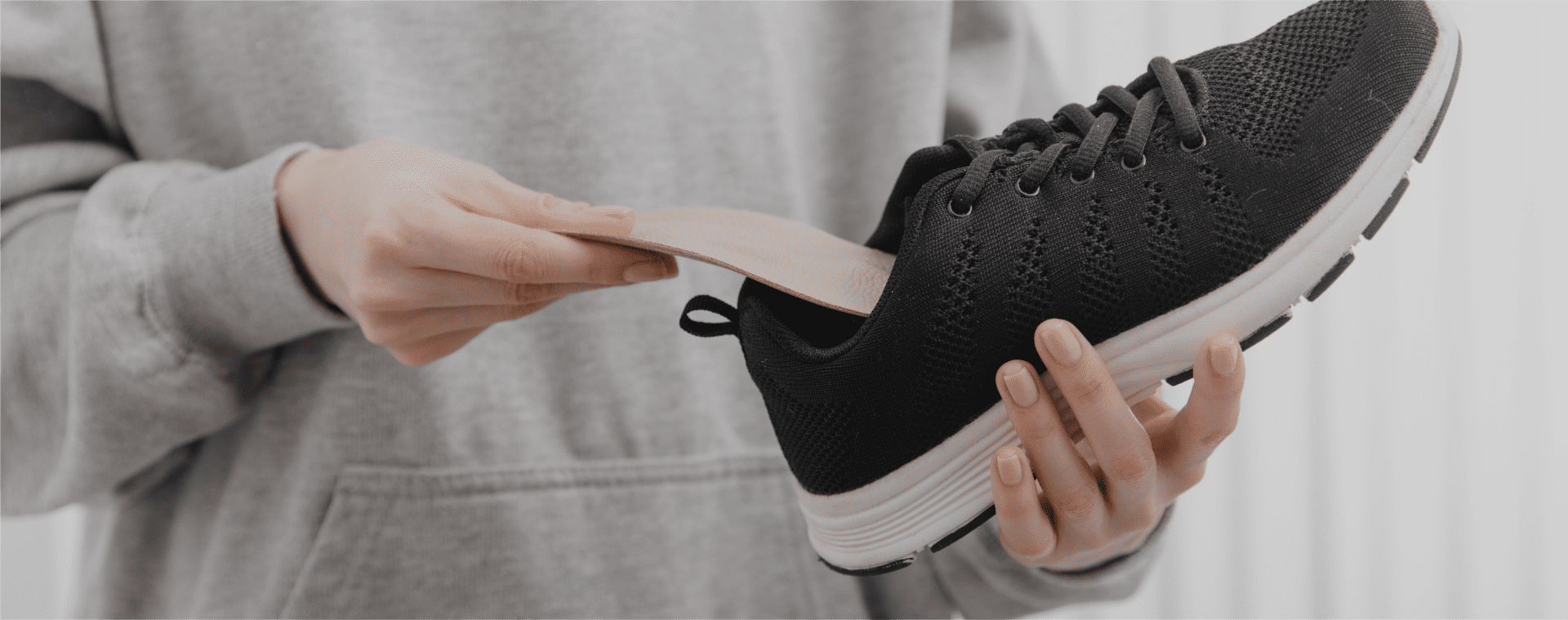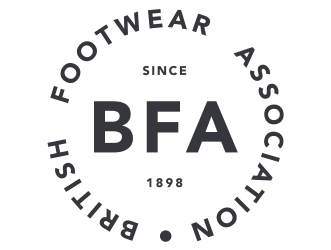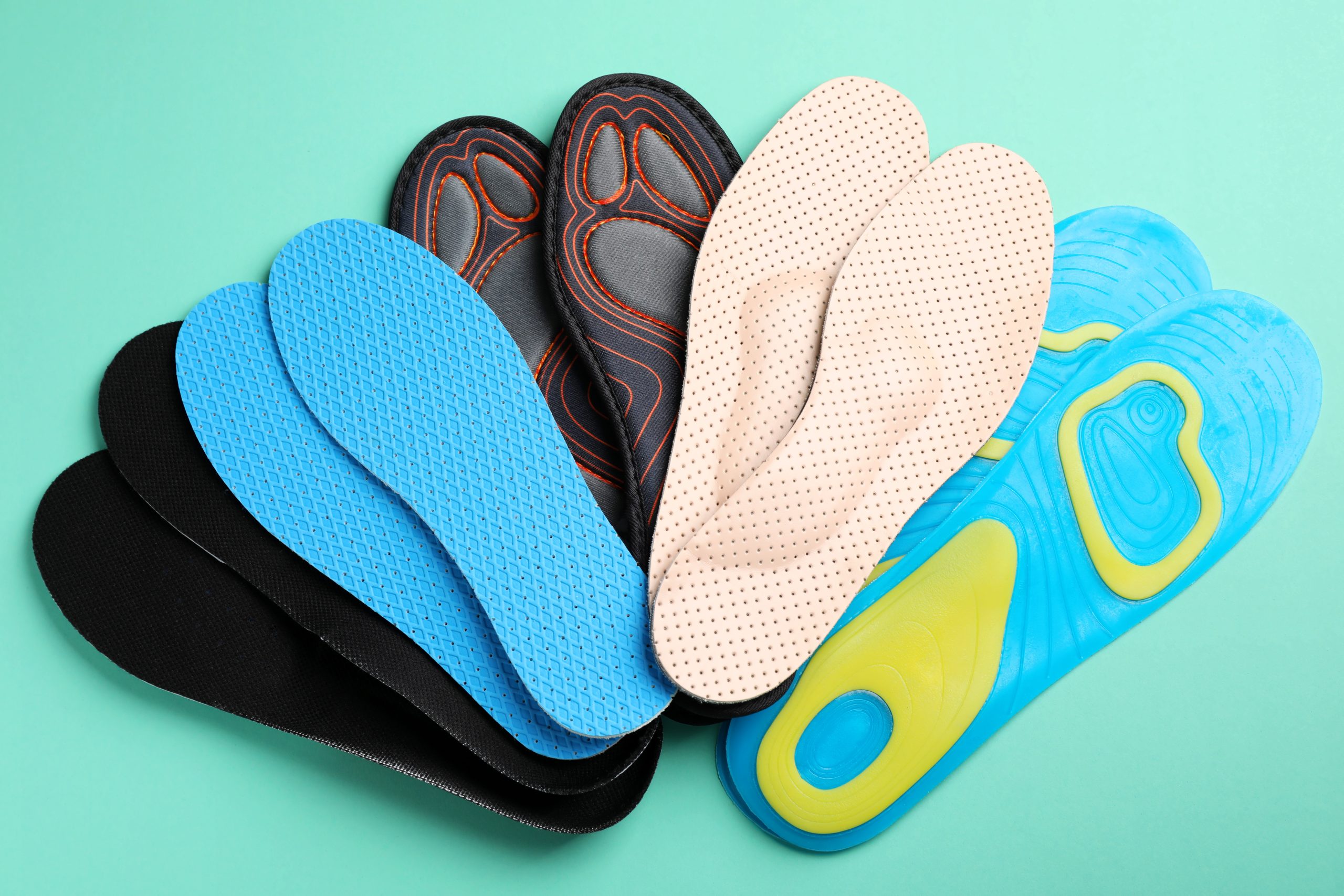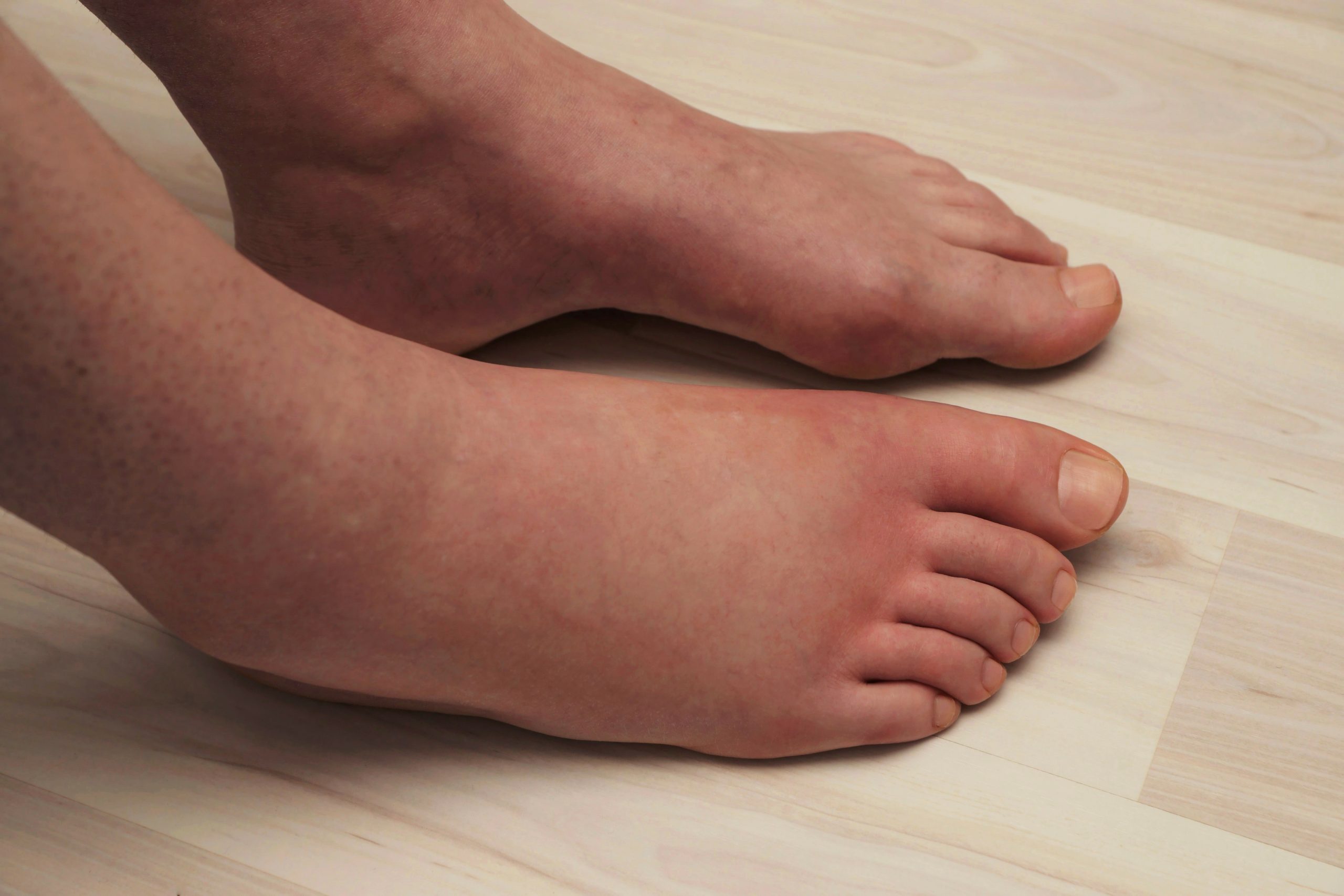
When it comes to finding the correct footwear for orthotics, you’d imagine it’s fairly straightforward. You just put them in the shoes, and that’s it, right? Wrong. There are actually a few things you need to consider when wearing your own orthotics in shoes, as there are quite a lot of complications that can arise from using them. As shoe-fitters with a lot of experience, we’ve seen it all! A lot of people will just use their inserts in shoes without considering how they impact the fit, where the support is, whether or not the insert moves around, etc. These are all things that can severely hinder both your daily comfort, and the effectiveness of the orthotic.
If you have been prescribed orthotics by your podiatrist, they will be a key part of your treatment plan. An orthotic can help manage the immediate symptoms of your condition, as well as assist in the recovery process. It’s important you use them in your footwear correctly, and are not discouraged by the idea of using them.
In this blog, we’ll briefly outline what orthotics are used for, how they can help you, and most importantly – share our top 7 tips on the things we’ve learned over the years when it comes to fitting orthotics into footwear.
What are orthotics?
Wearing orthotics in your shoes can be a life-saver for those suffering from a variety lower-limb related problems. Orthotics can be used to correct leg, ankle, and foot alignment issues, as well be used to treat a variety of conditions, like plantar fasciitis, Achilles tendonitis, and heel spurs. To use orthotics correctly, you need to wear them consistently, and in the correct footwear. You know how a car is only as good as the tyres you have? An orthotic is only as good as the footwear you use it with.
The different types of orthotics you can use.
Orthotics come in different shapes and sizes. There are several different types of orthotic inserts, each designed for specific foot conditions and needs. Some common types of orthotic inserts include:
Arch support inserts.
These inserts are designed to provide support to the arch of the foot. They are commonly used to treat flat feet, plantar fasciitis, and other conditions that cause pain and discomfort in the arch of the foot.
Heel cups.
Heel cups are inserts that are placed in the heel area of the shoe. They are designed to provide extra cushioning and support to the heel, helping to alleviate pain and reduce the risk of injury.
Metatarsal pads.
These inserts are designed to provide support to the metatarsal bones, which are located in the ball of the foot. They are commonly used to treat conditions that cause pain and discomfort in this area, such as metatarsalgia and Morton’s neuroma.
Toe spacers.
Toe spacers are inserts that are placed between the toes to help improve alignment and reduce strain on the toes. They are commonly used to treat conditions such as hammer toes and bunions.
Full-length inserts.
Full-length inserts are inserts that cover the entire length of the foot. They are designed to provide support and alignment to the entire foot, helping to alleviate pain and improve foot health.
AFO (Ankle Foot Orthotic).
An AFO, or ankle foot orthotic, is a type of orthotic device that is worn around the ankle and foot to provide support and stability. It is commonly used to treat a variety of conditions, including foot and ankle deformities, muscle weakness, and balance and coordination issues.
Overall, there are many different types of orthotic inserts available, and the right type for you will depend on your individual needs and foot conditions. It’s always a good idea to consult with a medical professional to determine the best type of orthotic insert for your needs.
Common problems with orthotics.
When it comes to finding the correct footwear for orthotics, it’s important to keep a few key things in mind. If the orthotic moves inside, it will not work as effectively. This can lead to discomfort and pain. Additionally, if your foot moves on the orthotic, the support will hit the wrong place, which can cause further discomfort.
Lastly, when your footwear moves at the heel, there is a high risk of blisters. This can affect your gait, as you may unconsciously claw your toes in an attempt to hold the footwear on your foot. In order to avoid these issues, it’s essential to find footwear that provides the proper support and stability for your orthotics.
"My podiatrist gave me inserts. Do I need to use them?"
Orthotic inserts are an important part of a treatment plan for many foot conditions, including plantar fasciitis, heel spurs, and flat feet. These inserts are designed to provide support and alignment to the foot, helping to alleviate pain and improve foot health.
When used as part of a treatment plan prescribed by a medical professional, orthotic inserts can help to:
- Reduce pain and discomfort in the feet, ankles, and legs.
- Improve posture and alignment.
- Increase stability and balance.
- Reduce the risk of injury.
- Improve overall foot health.
In addition to these benefits, orthotic inserts can also help to prevent the progression of foot conditions and can be an effective tool for managing chronic foot pain. By providing support and alignment to the feet, orthotic inserts can help to reduce strain on the feet and promote natural foot movement. This can help to reduce pain and improve overall foot health.
Our 7 tips for wearing orthotics.
Wearing orthotics in your footwear may seem like a straightforward process, but there are actually several important factors to consider in order to ensure that they function effectively. It’s important to take the time to understand these considerations, as they can make a significant impact on the overall performance and comfort of your orthotics.
By following our 8 simple tips, you can be sure that you will be getting the most out of your orthotics.
- Our first tip is to wear the correct size footwear! An orthotic that is too small or too large for the shoe it is being used in can really limit its effectiveness – not to mention the other problems it will cause. If the orthotic does not fit correctly, it may move around inside the shoe, causing the support to be in the wrong place, which could lead to discomfort or decreased effectiveness. Likewise, if the shoe is too small for the orthotic, everything will be in the wrong place. Proper sizing is essential to ensure that the orthotic stays in place and provides the necessary support to the correct area.
- In similar fashion, our second tip is to consider the fit of your footwear! If your orthotic is quite thick and takes up a lot of room, you’ll need to be using it in a shoe that has plenty of room to accommodate it. Orthotics can take up a fair amount of space in your shoe, and they can lift your toes up quite a lot. If your toes rub or hit the roof of your shoes, it can lead to painful side effects and could contribute to the development of other foot-health conditions forming. Look for footwear that has a roomier, deeper toe box, and look for things like a removable insole to help create more room for your own inserts.
- You’re allowed to trim them down! Orthotics are made to measure, though they can’t be 100% accurate every single time. Most orthotics are designed to provide more support to the arch and heel area – the front is typically just a thin layer of padding, so trimming it down a bit will not hinder its effectiveness. Unless otherwise stated by your podiatrist, of course. If you are going to trim your orthotics, always do it at the front, not the back. You should also do it incrementally to avoid taking too much off, as it’s an irreversible procedure! Most orthotics will have cutting guidelines underneath, so it’s worth checking before you start.
- Use them consistently! We do not like to state the obvious, but an orthotic will not be able to help you if it is not used inside your footwear. Avoid that awkward conversation at your next podiatry appointment – use your orthotics.
- This leads onto our next tip. We know its a pain, but try to air your orthotics out each time you use them. At least when they have been used for a significant amount of time in one go. Chances are if you have orthotics as part of your treatment plan, you are going to be using them most days. Our feet are a breeding ground for moisture and bacteria, so removing the orthotics and allowing them to naturally air out will help prevent the build-up of bacteria, which will reduce your chances of developing any sort of fungal related issues.
- With that in mind, our next tip is to consider getting a second pair! Your podiatrist will have all of your measurement details on record, and they can easily make a second pair of the same orthotics. With this, you can leave one in the footwear that you wear the most, for example your work shoes, and have one pair that are rotated between other types of footwear. They might not be the cheapest, but having a second pair of inserts can be a game changer when it comes to convenience.
- Finally, our last tip is to consider that orthotics are a valuable tool in managing various foot conditions, but they are not designed to last forever. Our feet are constantly changing over the course of our lifetime, and as such, the orthotics we use to support them must change as well. Regular podiatry appointments are crucial to ensure that your orthotics are always providing the correct support for your feet. Just as you visit the dentist regularly to maintain your teeth, you should see a podiatrist regularly to maintain the health of your feet and ensure that your orthotics continue to meet your needs.
Final thoughts.
In conclusion, the use of orthotics in your footwear can provide numerous benefits for those with foot conditions or discomfort. By supporting the feet and providing the necessary alignment, orthotics can help to improve foot function and reduce pain. Additionally, they can be used to prevent further injury and promote overall foot health.








